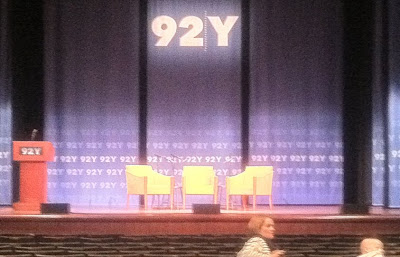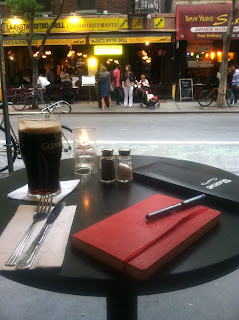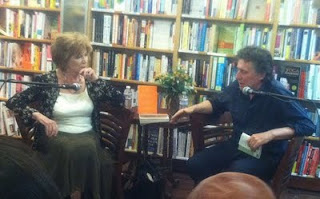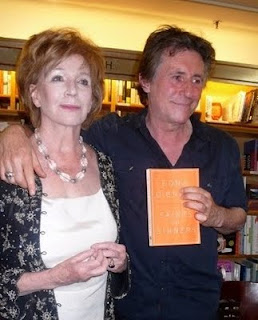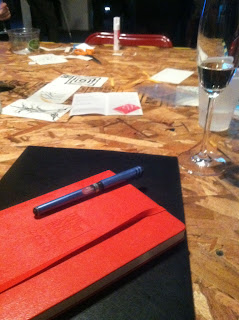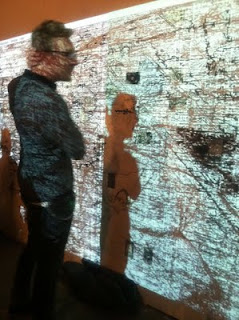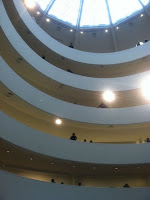Today marks the 104th birthday of Frida Kahlo.
I’ve expressed my love and admiration for her work in past posts. But lately I feel a particular kinship with this most incredible of painters. She was many things through her short 47 years: wife, artist, daughter, sister, rebel, political figure. She was a supremely feminine figure as she reveled in masculine archetypes, and played with gender roles, power roles, expectations of what and how a woman “should” look and express herself, and always, always, she seemed driven by love: of craft, of country, of ideals and desires and of joining the utterly ethereal with the deeply earthy.
She was a victim of ill circumstance, health problems and outright tragedy… but she was never, ever a victim. Her paintings are so alive with her life, her experiences, her… Frida-ness, they draw you into their present moment, drowning you in a gorgeous rush of blues and greens and reds and always, always black.
I thought about Kahlo and her fierce spirit recently. A few weeks ago I had my cell phone stolen. It was taken stealthily, right out of my bag. As is to be expected, I felt stupid, angry, and violated. It was the start of me looking at New York in a different way. I’ve been coming here for years, reveling in its culture and creative spirit; I’ve never once been the victim of a crime. Why now? Why did it coincide with my three-month anniversary here? What was the universe trying to tell me? As I kept telling people online and in-person, that phone (which I got my first week living here) contained over 3,000 photographs, a visual diary for all of my experiences. Maybe it was time for the gritty sheen of the city to fade; maybe it was time to wipe the ego-driven slate clean. Maybe it was time to return to Toronto.
As I looked out over the green carpet of Central Park this past July 4th (my first in the Big Apple), two thoughts came to mind: I want to drink champagne up here, and, I want to paint up here (also: why can’t I do both?). The roars to resume painting again are growing louder, and I’m not sure what to do. All my equipment’s back in Canada. Artists have relationships with the tools of their craft, and you can’t simply go and use someone else’s and have everything be just fine. It may be a kind offer, but it’s like giving me a size 0 dress and expecting me to be comfortable. Since my phone’s been stolen, the howls to get back to using my own tools have been more shrill than ever. I come to understand my experiences through both words, and, I’ve discovered, images. The act of expressing them, moment to moment – whether photographically or with paint -is what matters, not the finished product.
So the shapes, faces, moments, all the “you would“s and the street art – all the stuff I lost and can’t leave behind – isn’t what brings comfort at the end of the day. “They’re just passing fancies… and in time may go…” This sense of living squarely in the moment (is it something akin to love?) has most keenly been experienced via culture for me -in a theater, through hearing music, seeing film, staring at art -those things that have an alive “present”-ness within them. One gives so much to art, and one gets back so much in return. Not so people; sometimes people simply take, whether figuratively, or, in the case of my long-gone phone, literally. Why cry over the past? Why cling? Seems like a recipe for terrible art, if not a terrible life.
And so, I thought of Frida: a victim of a awful circumstance, but not a victim. Horrible things happen, period. Lately it feels as if they’ve been happening to me more often than not, but there’s always tiny stars of goodness to balance it out: invites to the ballet or the theater, or the gallery or museum are always met with a sense of jubilation and glee. They feel like home – a new home, an old home. This home, NYC.
New York,
you’re a drag, a dig, a drab bitch of skulduggery
and wait-for-no-one, can-do, keep-up perversity.
You’re ragged, you’re filth,
you’re falling apart and put back together in gilded thread for the billionaires in the black SUVs. You’re thunder, lightning, sunshine, wind and rain.
I think I’ll weather you just a bit longer.
Now, if only I had my paint brushes and easel, and access to that beautiful view all the time.
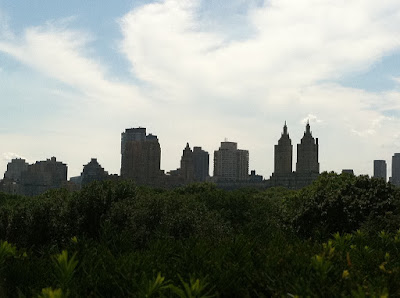
 When WNYC announced the removal of Ai Wei Wei’s Zodiac Heads at the Pulitzer Fountain recently, a wave of shock went through me. Was it government-related? Part of some nefarious plot? No, it turns out the time of the Heads was up and they were off to their next destination in Los Angeles.
When WNYC announced the removal of Ai Wei Wei’s Zodiac Heads at the Pulitzer Fountain recently, a wave of shock went through me. Was it government-related? Part of some nefarious plot? No, it turns out the time of the Heads was up and they were off to their next destination in Los Angeles.  Far from being a simple “retail bad/art good” dialectic, Ai’s work has a whimsical, laughing quality that lives in perfect harmony with its darker undertones. There’s a hollow stare to these animals and their coy expressions; the pig head that was nearest to the Plaza has an eerie grin, while the rabbit head was benign if air-headed, and the strong ox looked dazed and overwhelmed.
Far from being a simple “retail bad/art good” dialectic, Ai’s work has a whimsical, laughing quality that lives in perfect harmony with its darker undertones. There’s a hollow stare to these animals and their coy expressions; the pig head that was nearest to the Plaza has an eerie grin, while the rabbit head was benign if air-headed, and the strong ox looked dazed and overwhelmed. 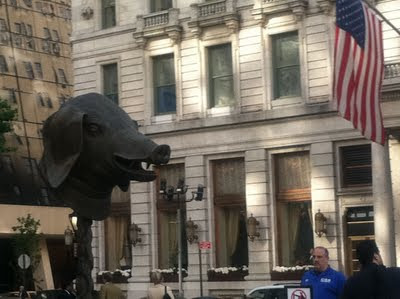 Until then, I’ll keep thinking about his Zodiac Heads. Sure, we’re free to figure out “sign,” but it remains to be seen whether that’s a sign in and of itself, or signifying larger connections and relationships, seen and unseen, real and unreal, factual or mythologized -and the nature of those transactions, their value in our lives, the payment they demand, and the freedom they do and don’t grant us. Does it matter? Should it? Some things are choice, others things are necessity; how we negotiate what’s in the middle is what makes us better artists -and human beings. Yes, we have an “animal” side, a side that wants glamour without the payback, fabulous without the bill, excitement without anxiety, success without responsibility. But remembering Zodiac Heads, I want to believe in more, in that ever-changing art of the possible. Now, it’s up to me to me to live it, and figure out my place in the stars -and here, in the barnyard of earth.
Until then, I’ll keep thinking about his Zodiac Heads. Sure, we’re free to figure out “sign,” but it remains to be seen whether that’s a sign in and of itself, or signifying larger connections and relationships, seen and unseen, real and unreal, factual or mythologized -and the nature of those transactions, their value in our lives, the payment they demand, and the freedom they do and don’t grant us. Does it matter? Should it? Some things are choice, others things are necessity; how we negotiate what’s in the middle is what makes us better artists -and human beings. Yes, we have an “animal” side, a side that wants glamour without the payback, fabulous without the bill, excitement without anxiety, success without responsibility. But remembering Zodiac Heads, I want to believe in more, in that ever-changing art of the possible. Now, it’s up to me to me to live it, and figure out my place in the stars -and here, in the barnyard of earth.

